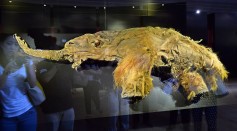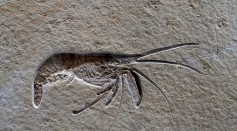Genomes

Woolly Mammoths Not Always Fluffy and Sport Miniscule Ears, DNA Analysis Reveals

Previously Unknown Ice Age Hunter-Gatherers Lineage Discovered Through Ancient DNA Examination

Daphnia Pulicaria: Old Crustaceans Sequence Entire Genomes of 54 Diverse Individuals From Different Generation
New Insights Into ‘Parasitic Genes’ Could Someday Help Combat Cancers, Aging-Related Diseases
Analysis of the Genomes of Five Living Rhinoceros Species Will Prevent Their Extinction
Ancient Date Palm Tree Genomes Germinated from 2,000-Year-Old Seeds
Bacteriophages: There's a Whole Army of Viruses That Have Genomes Unique to Their Own
New Method Reveals Genetic Differences Between Modern and Archaic Humans

9,000-Year History of Corn Unveiled

New Wheat and Barley Genomes Can Help Feed the World

Researchers May Have Found the Mother of SARS-CoV-2 Genomes
Improved Genome Of Spinach Plants Discovered By Researchers
Most Popular

How Technology Is Changing the Real Estate Industry?

How a Plant-Based Diet Can Protect Against Breast Cancer: Insights from Nutrition Research

Study Reveals High Turnover in Scientific Research Careers: What This Means for Future Scientists

Why It's So Difficult to Lose Weight: The Biological Explanation Behind Obesity





